Building A World-Class Specimen
Building a world-class collection of specimens requires a deep knowledge of the subject matter and an eye for quality. Here are some steps you can follow to help you build a collection that stands out:
Define your goals:
What type of specimens do you want to collect? What is the purpose of your collection? What themes or topics will it cover? Having a clear understanding of your goals will help you stay focused and determine what specimens to include in your collection.
Research your subject matter:
Study the history, anatomy, and characteristics of the specimens you want to collect. Read books, attend lectures and workshops, and talk to experts to gain a deep understanding of the subject matter.
Determine your budget:
How much money do you have available for building your collection? What are your funding sources? Knowing your budget will help you determine how many specimens you can afford to purchase and what type of specimens you should prioritize.
Conduct a thorough search:
Research various sources for specimens to include in your collection, including auctions, online marketplaces, and dealers. Compare prices and quality to determine the best options for your budget.
Evaluate the quality of the specimens:
Make sure to carefully inspect each specimen before you purchase it. Check for any signs of damage, wear, or authenticity. Make sure you are purchasing specimens that are in good condition and are appropriate for your collection.
Store and display your specimens properly:
Make sure to properly store and display your specimens. Consider the environment and make any necessary arrangements to preserve the specimens.
Continuously evaluate and improve your collection:
Keep adding to your collection, but also periodically review the specimens to see if they still fit your goals and audience. Make any necessary adjustments to ensure your collection remains world-class.
Collecting Single Crystal:
Common specialty is the collecting of single crystals without matrix. Many crystals occur in nature as single crystals, with no attached matrix or other crystals. Others become singles by being broken from matrix accidentally, or deliberately by gem miners who sell them as gem rough by the kilo or gram in some distant part of the globe. Such crystals may be rather simple in a sculptural sense but remember that their rating is based only on crystal quality. An average tourmaline crystal growing from a beautiful feldspar matrix with associated minerals can be great tourmaline specimen, even though the quality of the tourmaline crystal elf may be middling. A single crystal, on the other hand, is either great or it is not Great single crystals are both valuable and collectible. Doubly terminated sing even better if all other factors remain the same.
Other Factors:
Knowledge and a clear goal are the two most important factors in building a great collection. The other ten characteristics on the pre-requisites list, while important too, can be described more succinctly.
Ambition and aspiration are obviously necessary if anyone is going to accomplish great things. Financial resources are as essential in connoisseur-level collecting as in any comparable field. A good memory (or good photographic records) also helps in making critical judgments and decisions about purchases. A discriminating mind is particularly essential, inasmuch as fine distinctions and small differences can make the difference between merely good and masterpiece-level mineral specimens.
Decisiveness, as mentioned, is especially important. Competition for the best specimens is intense, and if you can't make up your mind, some other collector is liable to step in and eat your lunch. As might be expected, those people who have been the most financially successful in business are also often the most decisive - it tends to go with the territory. Likewise the courage to take risks and go with your gut feeling sometimes can be of great benefit in business as well as connoisseur-level collecting. Go with your strengths.
Equanimity is also important. When you make mistakes, as we all occasionally do, there is no point in agonizing about them. Cut your losses, chalk it up to the price of doing business, and benefit from the lesson learned.
Of course, the final requirement is simply gaining access to the dealers who sell the kind of specimens you like. The collector must do what is necessary to make the connections.
Building a world-class collection of specimens takes time, effort, and dedication. But by following these steps, you can build a collection that will be appreciated and enjoyed by others for years to come.
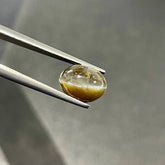
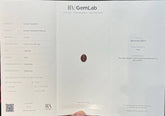
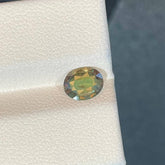
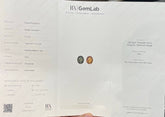
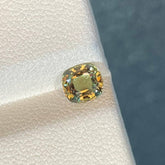
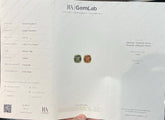
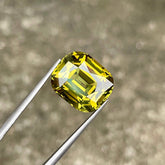
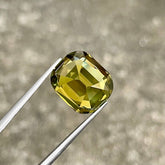
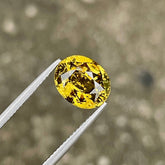
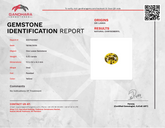
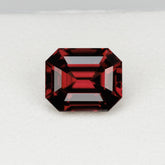



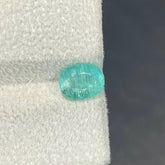

Leave a comment
Please note, comments need to be approved before they are published.